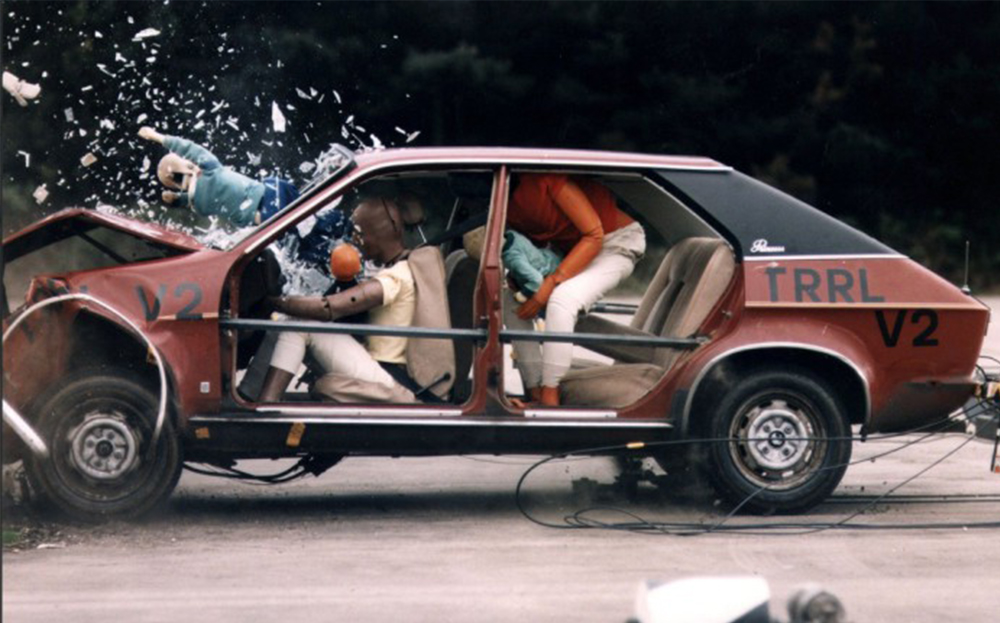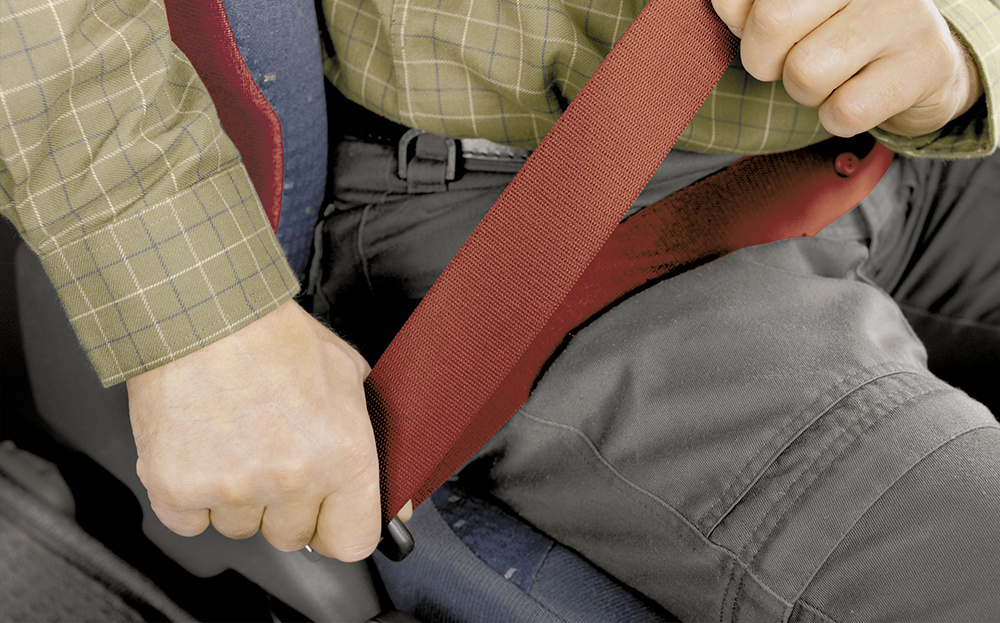Test your knowledge: When was wearing a seatbelt made mandatory for UK drivers?
Clunk click, time for a trip down memory lane

WEARING A seatbelt is second nature to us these days. Setting off without clunk-clicking feels odd – even without the incessant beeping from the car’s sensor.
Search for and buy your next car on driving.co.uk
According to the government’s Think! road safety campaign, you’re twice as likely to die in a crash if you’re not wearing a seatbelt. We learnt this the hard way: for many years cars didn’t have seatbelts at all. The first car maker to fit a three-point safety belt as standard was Volvo (surprise, surprise), in the 122 model, but that was not until 1959, 73 years after the Karl Benz created his Patent-Motorwagen, widely regarded as the first automobile.
But Volvo was ahead of the game: it didn’t become compulsory for drivers to belt up in the UK until some time later. Do you know what year?
Scroll down for the answer …
Keep going …

Britain required the fitting of seatbelt anchorage points in the front of new cars in 1967 (post-1965 cars had to be fitted with belts retrospectively) but it did not become the law for drivers and front passengers to wear seatbelts until January 31, 1983. That’s 24 years after the Volvo 122 first featured the three-point harness.
In 1987 rear seatbelts were required in all new cars, but again it took some time for it to become law for rear passengers to wear a belt – 1989 for children and 1991 for adults. For a full timeline, see this information from the Royal Society for the Prevention of Accidents.
Before the law made it mandatory, British drivers were encouraged to belt up with the 1970s “Clunk click every trip” campaign. Some adverts showed the terrible consequences of not wearing a belt, as below. If you thought shock tactics in safety adverts were a recent trend, think again.
Despite the warnings, the AA estimates that 5% of front passengers still don’t wear seatbelts. A 2008 Department for Transport report revealed that 34% of car occupants killed in collisions were not wearing belts.
Current UK seatbelt law
You must wear a seatbelt if one is fitted in the seat you’re using, with these exceptions:
- You’re a driver who is reversing, or supervising a learner driver who is reversing
- You’re in a vehicle being used by police, fire and rescue services
- You’re a passenger in a trade vehicle and you’re investigating a fault
- You’re driving a delivery vehicle that is travelling no more than 50 metres between stops
- You’re a licensed taxi driver who is “plying for hire” or carrying passengers
- Your doctor has said that you don’t need to wear a seatbelt for medical reasons. In this case they will give you a certificate of exemption from compulsory seatbelt wearing, which you must keep in your vehicle and show to the police if stopped. You must also tell your insurer.
Other rules:
- You’re allowed only one person in each seat fitted with a seatbelt
- Children must use the correct car seat for their weight until they reach 135cm in height or their 12th birthday, whichever is first
- You must wear a seatbelt if you’re pregnant, unless your doctor says you don’t have to for medical reasons
- You must wear a seatbelt if you’re a disabled driver or passenger, unless you don’t have to for medical reasons. You may need to adapt your vehicle
- If your vehicle was originally made without seatbelts and still doesn’t have seatbelts (for example, it’s a classic car), that is OK but you aren’t allowed to carry any children under three years old in it. Children over three may sit in the back seats only.
Note: Drivers caught without a seatbelt face on-the-spot fines of £100, though if the case goes to court you may be fined up to £500.




